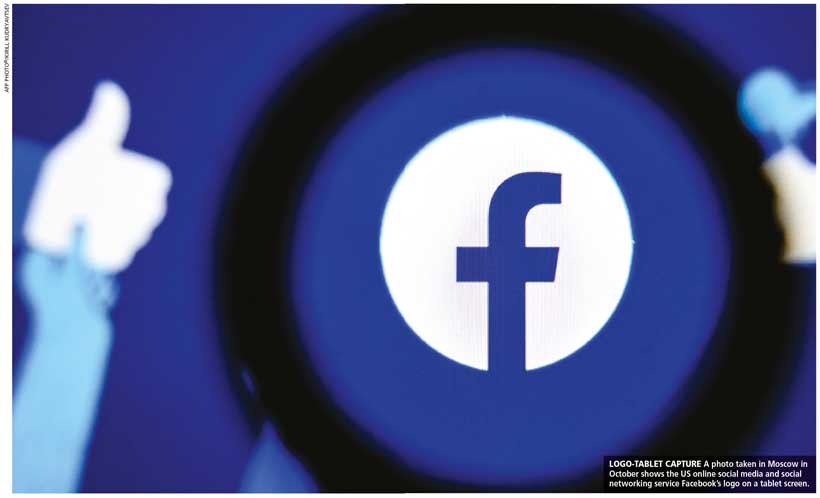EXTENDED REALITY
MASTERS OF THE METAVERSE
Ethical practices are necessary for marketers working in a virtual space – Sanjeewaka Kulathunga

The next generation of computing will create ample opportunities for users with deep comprehensive knowledge. This is going to be a reality soon wherein both digital and physical worlds converge in a virtual space that’s known as a ‘metaverse.’
This one-to-one digitalised virtual space will enable users around the globe to search and click to enjoy real-time experiences. Since its beginnings, the metaverse has been generating major opportunities as well as great responsibility, for numerous professionals in the marketing and communications fields and advertising profession globally.
Marketers in the metaverse will no longer be bound to advertise on flat displays – they can use the whole virtual universe to create and develop immersive 3D experiences for businesses and brands in the future. Accordingly, modern marketers may now be able to see where clients move their mouse or glance at a particular part of the screen through interactive internet usage.
In the near future, sophisticated marketing professionals will also be able to track the bodily movements, brainwaves and physiological responses of consumers in the metaverse. This virtual space opens up a world of endless possibilities for businesses to create experiences by being part of a market transformation and connecting with customers in new ways.
But all of this comes with inherent technological risks.
Deepfakes, big data and cyberattacks have the potential to harm brands, as well as their consumers. Therefore, marketers must be metaverse savvy and able to identify potential threats such as digital crimes that can have a huge impact on their organisations.
By misusing augmented reality technologies, some businesses have tried to present their brands to the market through negative approaches.
For example, a popular fast food chain launched an augmented reality marketing campaign where consumers could virtually ‘burn’ advertisements by its competitors in exchange for free burgers. This caused pandemonium in the global fast food industry.
On some occasions, what happens in the metaverse doesn’t remain there. We already know that what individuals encounter in virtual reality affects their memory and may lead to desensitisation or experiencing a sense of déjà vu.
Marketing to adults in the metaverse is one thing but targeting children is a completely different matter.
In theory, anyone could be transformed into anything in the metaverse; but it’s still important to know some key user details such as a person’s age. So even if someone appears to be an adult, businesses should know they aren’t adults and treat them accordingly.
Biometric data can be collected through virtual reality headsets that detect a user’s surroundings, body movements and measurements while they are using an Extended Reality (XR) device.
Headsets and eyeglasses that allow users to access the metaverse ensure that marketers can measure the eye movements of people who enter a virtual environment, how long they remain there, their physical activity and physiological indicators such as heart rates in response to an experience.
Several incidents have been reported in recent years where apps have divulged personal and even health information of millions of Americans – in one instance, these exposed a patient’s HIV positive status.
Brain-computer interfaces (BCI) will soon be a method of accessing the metaverse.
BCIs can be worn on the head like headphones or wrist like bracelets, or the user’s spectacles. This technology uses machine learning to detect brain wave patterns and deduce thinking processes. A direct connection to a user’s brain allows for a plethora of data to be collected and evaluated.
To avoid data scandals and brand manipulation, marketers in the metaverse will need to invest in cybersecurity. Deepfakes, hacked avatars and altered items are examples of malevolent activity of which marketers must be aware.
For example, MIT and Mozilla recently published a deepfake video of former US President Richard Nixon stating that Apollo 11’s journey to the moon had failed. This video exemplifies a type of parallel universe that has received much attention, and served to advance the discourse regarding deepfakes and ethics.
Government rules and regulations are still not keeping pace with emerging technologies and metaverses. Marketing firms are being called on to prepare for the metaverse by creating and executing best practices to assist ethical decision making.
The best ethical frameworks should cover how marketing organisations treat and protect their customers’ data, how they will immediately respond to misinformation attacks and cyberbullying, and why they use such technologies, as well as what experiences they have in the metaverse.



